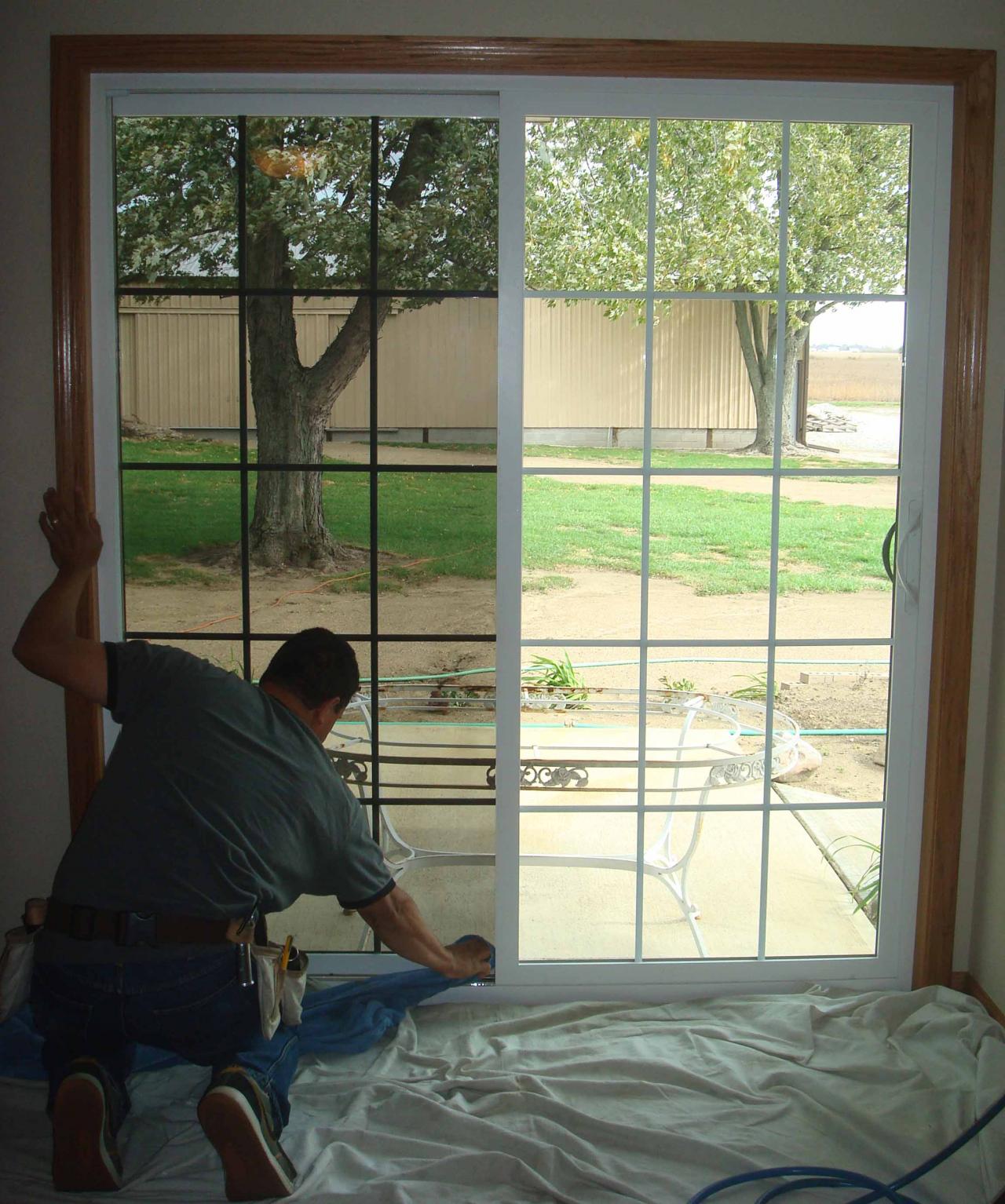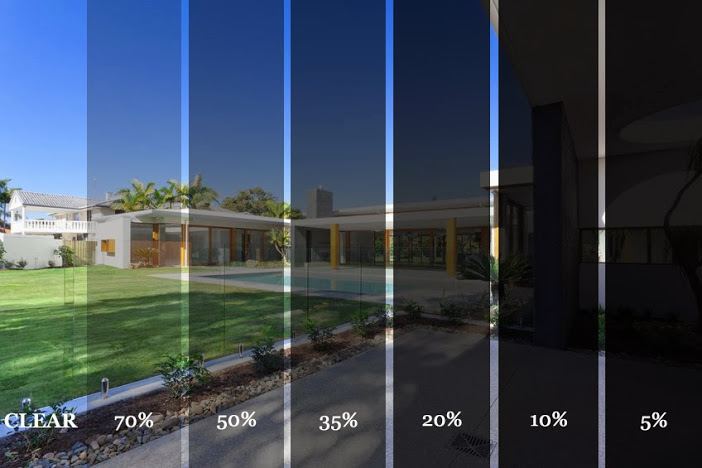How Residential Home Window Tinting Improves Your Home's Power Efficiency
Residential home window tinting provides an engaging service for homeowners looking for to enhance energy performance within their space. By applying specialized films to home windows, it efficiently lowers warm transfer, therefore supporting interior temperatures and decreasing the requirement for too much home heating or air conditioning. This not just cuts power consumption however additionally supplies an extra comfortable atmosphere by reducing glow. However, recognizing the subtleties of exactly how tinting jobs and picking the suitable kind for your home can be crucial. Strangely enough, what elements should one take into consideration before making this investment?
Comprehending Home Window Tinting
Comprehending home window tinting is necessary for home owners looking for to boost both convenience and power performance in their living rooms. Residential Window Tint. Home window tinting entails the application of a slim movie to the inside or outside surface of glass windows. This film can considerably modulate the amount of sunlight and heat that gets in a home, hence affecting indoor climate conditions
There are various kinds of window tinting movies offered, each with distinct buildings. The efficiency of window tinting is usually determined by its Visible Light Transmission (VLT) percentage, which shows how much light can pass via the film.
Advantages of Energy Performance
Window tinting not just improves visual appeals yet likewise plays a substantial function in boosting energy performance within domestic rooms. By decreasing warmth transfer through windows, colored films produce an extra stable interior environment, which can result in substantial reductions in energy intake for heating and cooling. This power efficiency equates right into reduced utility expenses, offering home owners with significant long-term cost savings.

In addition, home window tinting enhances the convenience of living areas. By reducing glare and blocking unsafe UV rays, tinted windows create an even more enjoyable environment, which can cause enhanced health for passengers. The protection versus UV rays also aids protect furnishings and flooring from fading, contributing to the durability of household things.
How Tinting Functions
Tinting films run through a mix of advanced products and technologies created to control the quantity of solar energy going into a home. Primarily made up of polyester, these movies typically incorporate metallic or ceramic particles that mirror and absorb heat. This double capability enables them to dramatically decrease the infiltration of ultraviolet (UV) rays and infrared radiation while allowing visible light to go through.
The performance of window tinting is determined by its solar warmth gain coefficient (SHGC), which indicates exactly how much solar power is transmitted with the home window. Reduced SHGC values are more effective as they signify greater warm denial. In addition, window colors can include a range of shades, allowing house owners to customize their aesthetic choices while improving energy performance.
Furthermore, these movies act as an check this site out obstacle, protecting against heat loss during chillier months by showing indoor heat back right into the home. This thermal insulation result matches the cooling benefits gotten throughout warmer months, adding to a well balanced interior environment year-round. By taking care of solar power properly, residential window tinting not only enhances convenience yet additionally plays a vital role in reducing energy intake and decreasing energy costs.
Picking the Right Color

There are numerous kinds of window films offered, including colored, metalized, and ceramic. Ceramic movies give outstanding warmth control without endangering presence and are highly durable, making them a popular option.
Visible light transmission (VLT) is one more critical variable, as it shows the quantity of all-natural light that can travel through the tinted glass. House owners must pick a color with a VLT that matches their lights choices while still supplying ample glow decrease.
In addition, assessing the solar heat gain coefficient (SHGC) can help determine how well a tint can block heat from sunlight. A lower SHGC indicates far better heat control, ultimately enhancing energy efficiency.
Installment and Upkeep Tips
Appropriate installment and maintenance are essential parts in taking full advantage of the benefits of household window tinting. Experts likewise use specialized techniques and tools, which can boost the sturdiness and performance of the tint.
Following installation, maintenance is vital to extend the life of like this the window movie. It is advised to wait a minimum of 1 month before cleaning the colored windows to enable the glue to heal fully. When cleaning, utilize a soft towel and a mild, ammonia-free cleaner to avoid damaging the film. Stay clear of unpleasant materials that could scrape the surface area.
Resolving these concerns without delay can protect against further damages and preserve energy efficiency. By sticking to these installment and maintenance suggestions, property owners can guarantee their home window tinting continues to offer significant power financial savings and comfort for years to come.
Conclusion
Finally, property window tinting acts as an efficient service for enhancing power efficiency within homes. By reducing warm transfer and blocking unsafe UV rays, home window films add to lower power consumption and boosted indoor comfort. The selection of proper tinting materials, in addition to proper installment and maintenance, better maximizes these advantages. Ultimately, home window tinting stands for a sustainable financial investment that not only decreases utility expenses but likewise advertises a comfortable living setting throughout the year.
Home window tinting entails the application of a thin film to the inside or outside surface area of glass windows. By decreasing warmth transfer via windows, tinted movies develop an extra stable indoor climate, which can lead to considerable decreases in power consumption for heating and cooling.The efficiency of window tinting is gauged by its solar heat gain coefficient (SHGC), which indicates how much solar power is transmitted through the home window. By taking care of solar energy effectively, domestic window tinting not just enhances comfort yet likewise plays a crucial duty in lowering power intake and lowering utility costs.
By reducing heat transfer and blocking hazardous UV rays, window films contribute to decrease power intake and boosted interior comfort.